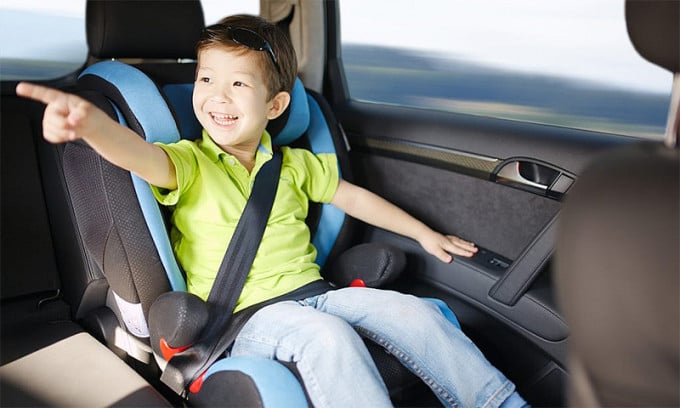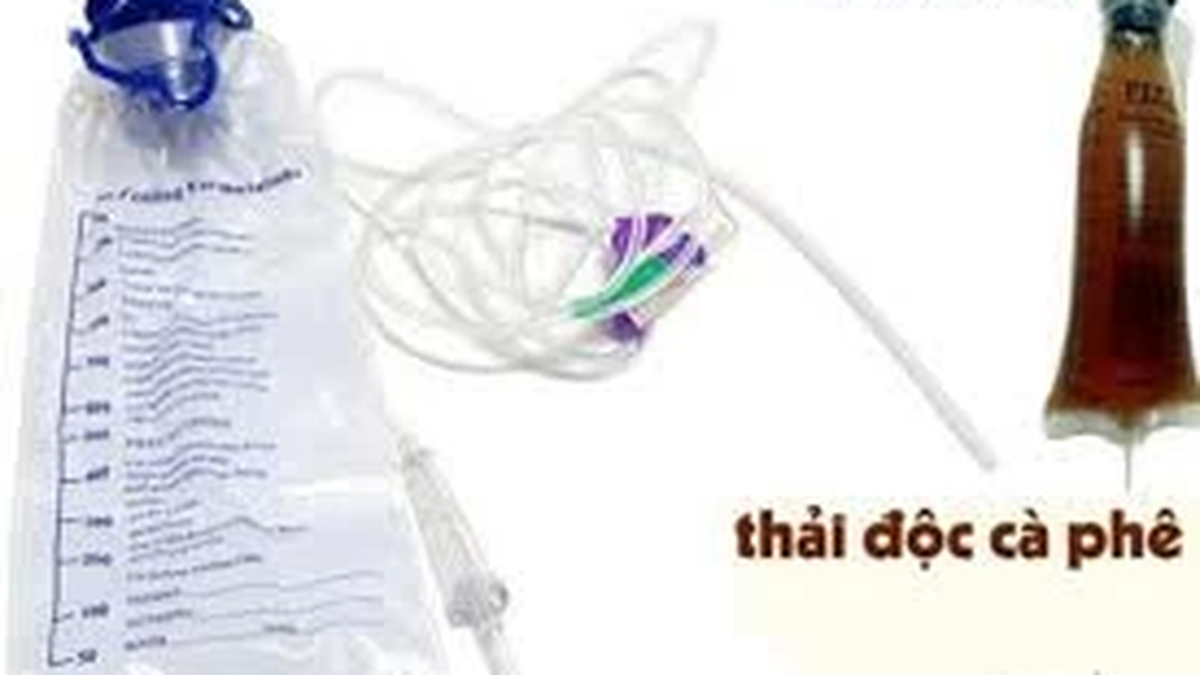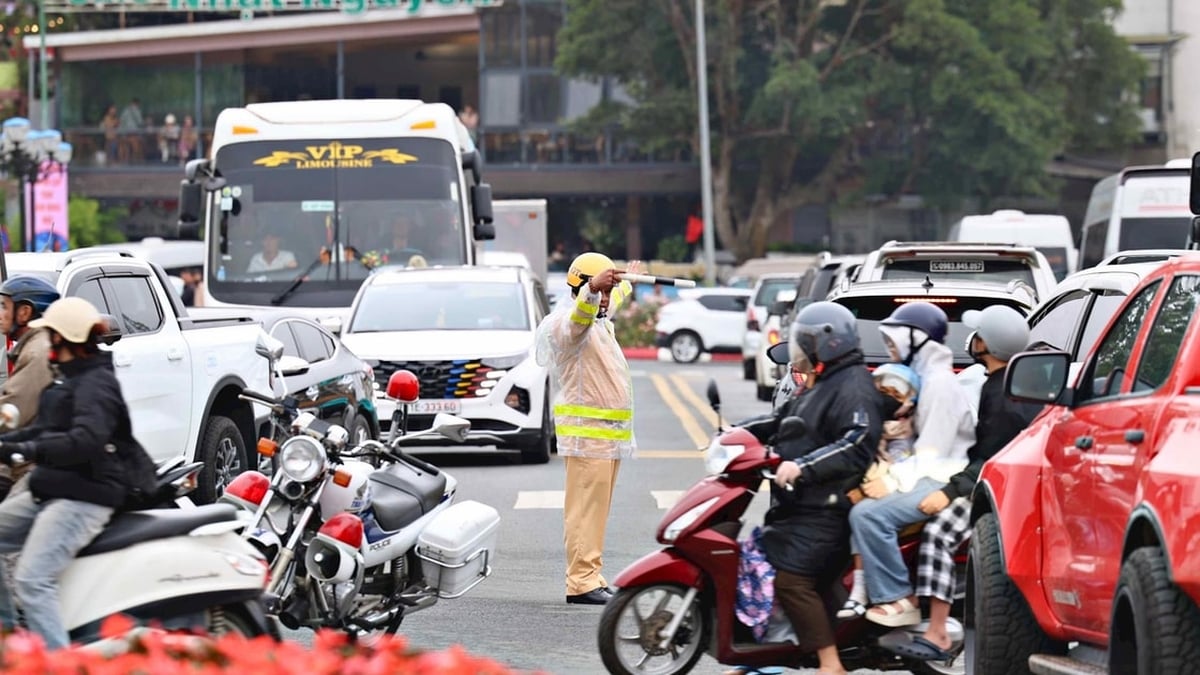
One of the new regulations in the Law on Road Traffic Safety passed by the National Assembly is that children under 10 years old and under 1.35 m tall are not allowed to sit in the driver's seat with the driver, except in cars with only one row of seats.
In addition, children under 4 years old must be transported in specially designed seats, except for passenger transport vehicles as prescribed by road laws. The driver is responsible for checking and instructing children on how to fasten their seat belts.
Previously, the 2008 Road Traffic Law did not regulate the seating position of children in cars or the specialized seats that come with them.
The legalization of seating positions and the use of specialized seats helps children to be better protected when participating in traffic. In countries such as the US and Europe, regulations related to this issue have existed for a long time.
In the United States, car seat laws are set by individual states. For example, New York requires children to be in car seats until they are 8 years old. Child seats must be rear-facing in the back seat of the car.
Some states like California don't allow children under 8 years old to sit in the driver's seat, Delaware is 12 years old.
In the UK, child safety regulations are even stricter. The government sets the age for compulsory car seat use at 12 years or 1.35m tall, whichever comes first. Parents can use car seats based on height or weight, but they must be approved by the European Union (EU) and licensed for use in the UK.
In Vietnam, according to driving safety experts, people's awareness of using cars is gradually becoming more civilized. However, the issue of protecting children when using cars, such as where to sit, whether to use a special seat or not, currently depends on each person's awareness.
Many car owners let their children move freely in the car while it is on the road, without using a special seat or seat belt. This increases the risk of injury to children in the event of an emergency braking situation or collision.
In accidents, children are the most vulnerable group of passengers. Front seat airbags are mainly designed for adults. They may not be fully effective for children with limited height (under 1.35 m). Children sitting in the back seat, the risk of impact in an accident is reduced, especially in head-on collision situations.
The same goes for seat belts in cars, which are designed for adults. Their ability to restrain the body of a passenger may not be as effective if the user is a child. Specialized seats have seat belts that fit better, providing better protection for children in the event of a collision.
In the case of a child seat placed in the front passenger seat, experts recommend not placing the child facing backwards (i.e. in the opposite direction of the vehicle). This is because the child's head is very close to the airbag and when the airbag deploys, it can cause injury or even death.
In most countries, it is recommended that children in their own car seats be placed in the middle seat of the back row. This is because the central position in the back row keeps the child away from airbags and also away from other potential impacts in the event of a collision.
TB (according to VnExpress)Source: https://baohaiduong.vn/tre-em-duoi-10-tuoi-khong-duoc-ngo-ghe-truoc-o-to-tu-nam-2026-386816.html




























![[Photo] National Assembly Chairman Tran Thanh Man visits Vietnamese Heroic Mother Ta Thi Tran](https://vphoto.vietnam.vn/thumb/1200x675/vietnam/resource/IMAGE/2025/7/20/765c0bd057dd44ad83ab89fe0255b783)




































































Comment (0)